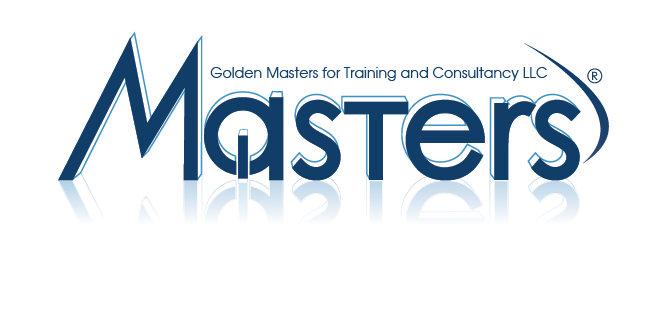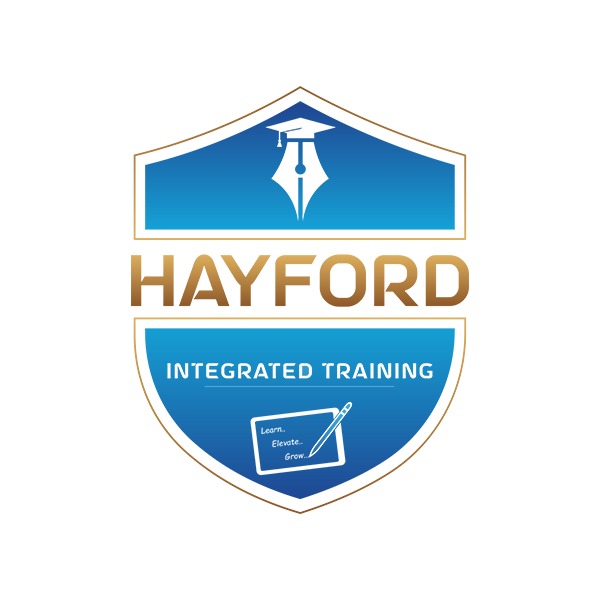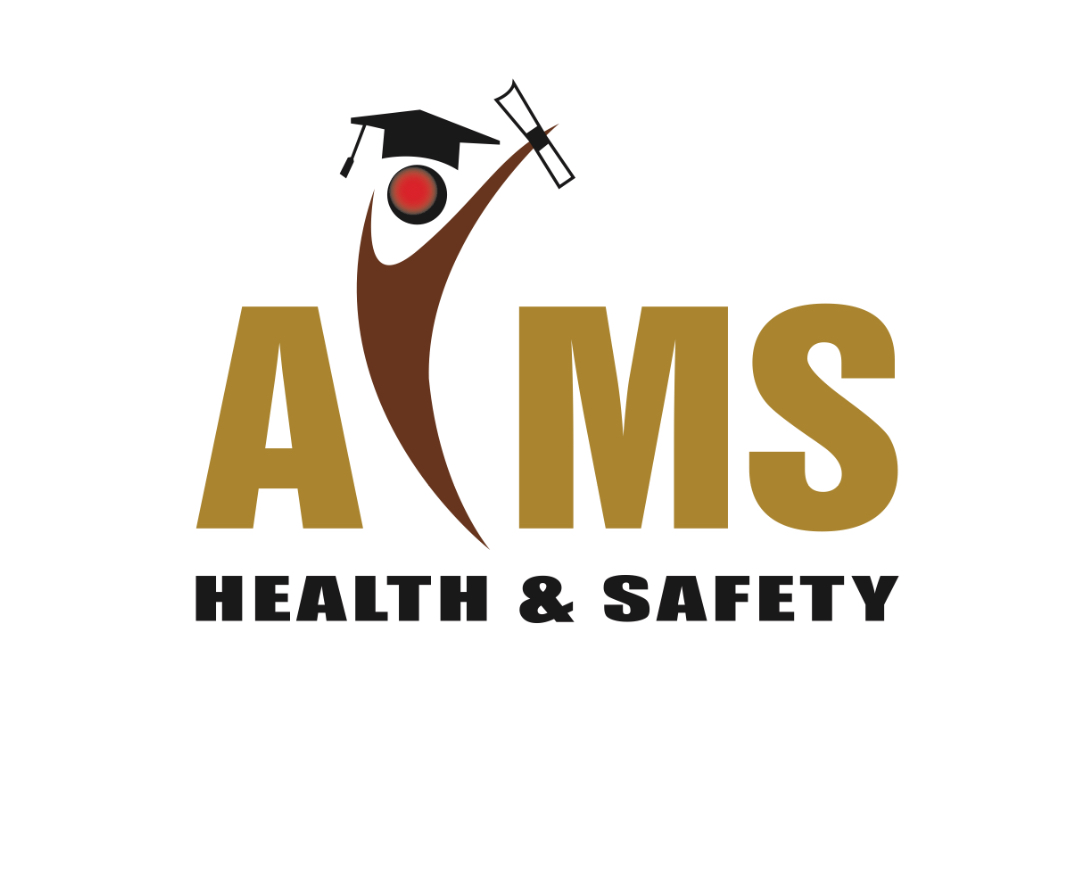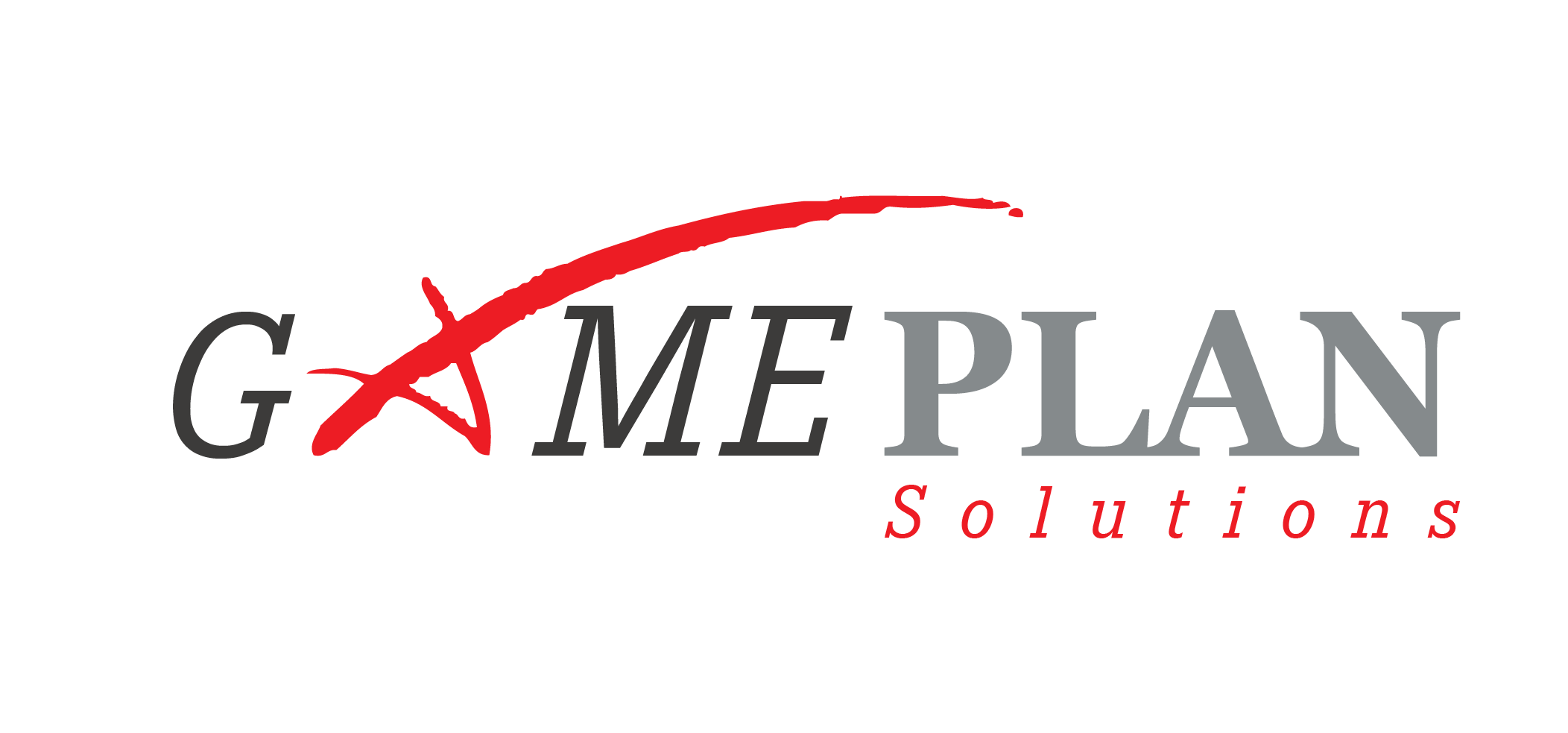Course Description:
This program has been constructed to meet the specific demands of our customers. It focuses on the two critical areas of training –TNA and Evaluation. This program offers attendees a unique opportunity to get to grips with all elements of the training process – excluding stand up delivery.
Attendees will have the opportunity of working with one of the worlds recognized experts in TNA and evaluation and will learn new techniques and processes that will really make a difference. The program is an essential requirement for those who are involved in Talent Management, development and succession planning.
Course Objective:
- At the end of this program you will be able to:
- Master and be able to use the new approach to TNA including competence analysis
- Priorities Training needs as to their importance to the business
- Practice and gain confidence using case studies to reinforce learning
- Understand and be able to demonstrate how much training costs, using a quick unit cost process
- Improve on the development of individuals within the organisation for succession planning and development
- Translate business needs into training needs by using outcome objectives
- Know how to translate unit costs of training into either program costs or into a budget
- Know the limitations of three of the existing models of evaluation and master the use of the 10 step evaluation method
- Be able to demonstrate the cost of not evaluating training activities
- Produce added value tables which will show which training adds value and which does not
- Use the tools of measurement to measure training effectiveness in the class room and in the work place
- Segment training into priority categories for evaluation
- Practice and be able to use evaluation methods including the costs
- Be able to know how to measure skill, knowledge, behaviour, competency, style, self belief, attitudes and personality.
Course Certificate:
Masters Consultant certificate will be issued to all attendees completing minimum of 75% of the total tuition hours of the course.
Who Should attend:
Budget holders for training, HR Professionals, Training Professionals, training co coordinators and any line professional who what’s to see results from training. In addition anyone in the organization who wishes to see training contributing to business effectiveness.
Training Methodology:
The methodology will be very interactive – offering delegates’ ample opportunity to discuss and resolve issues that they face in their specific situations. A number of training videos will be used including Robert Pike, and the McGregor interviews as well as case studies and published statistics.
There will be team work and team mini presentations. All of the sessions will be in a relaxed and friendly environment. Delegates will receive in addition to the manual three specialist handouts for use back at work.
Course Outline:
DAY 1 - Making the case for effective Training needs analysis
- Introductions and course objectives
- The need for doing effective training needs analysis –what the press and research shows
- Traditional TNA models – what the latest thinking shows and what we need to do. Case study and group exercise
- The four quadrant model of TNA – a new way of analysis
- Who is the customer? Conflicting needs –
TNA Quadrant one- Corporate driven needs
- The four business drivers at corporate level - Use of the four cog model - case study and exercise
- Corporate needs into action - how much of the process is governed by TNA?
- Case study on organisational change - group work - the McGregor video
- Identifying the major drivers world wide that affect organisational TNA
DAY 2 - TNA Quadrant two – Department needs
- The specific requirement departments have – relationship with yearly operating plans
- Speed of action form identification to action – on going monitoring – what’s needed?
- Case study – creating self empowered teams – group work and video “team work in action”
- Departments – your most challenging customer
- Dealing with the worst customers – what do you do with awful people?
The third quadrant and forth quadrants – team and individual TNA
- Unique requirements of teams – video – group exercise
- Watching for social loafers – the scourge of team working
- How to use the Adair model to help in the analysis process – questionnaire
- DVD the task, team and individual concept in action -discussion
- The all ways to train but not by attending a training course
- The place of testing to position individuals for development of training
- How to priorities training – unique and quick system
DAY 3 - How to cost and specify training needs
- Understanding development times and costs for training
- How Unit costs work – group exercise
- Writing needs in training objectives terms – how it benefits the process
- How will you measure your success from this course? – Individual applications for action
Understanding the Difference between Evaluation and Validation
- Understanding Evaluation and the significant difference over validation and the difference between ROI and added value– group exercise
- Understanding the process of evaluation and its position in the training cycle – case study
DAY 4 - Using the 10 step process to evaluate training
- How to use the 10 step process to produce training evaluation
- Methods of measuring training – practical demonstrations to cover skill, knowledge, behaviour, competency, style, self belief, attitudes and personality
- How to cost out training, getting to grip with unit costs and deciding what parameters should be used for measurement
- Practical exercise on a case study – putting theory into practice
Practical examples of the evaluation of training
- Case Study One – computer keyboard skills – group exercise and presentation
- Case Study Two – Telephone skills training – group exercise and presentation
- Case Study Three – creating self empowered teams and organizational change – group exercise and presentation
DAY 5 - Applying a process approach to evaluation
- What would improve training effectiveness, pedagogical v andragogical methods – training duration – incentives and the role and positioning of testing
- Management accountability for training implementation –competencies and the impact of evaluation
- Accountability of training department to guarantee and produce results
- Should all training be subjected to evaluation?
Applying evaluation back in the work place
- Dealing with variance and uncertainty during evaluation
- What to do with poor performers Presentations of back at work plans
- End of course certification and validation





